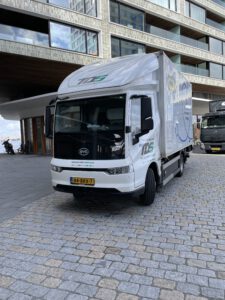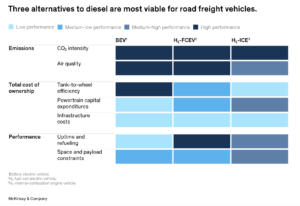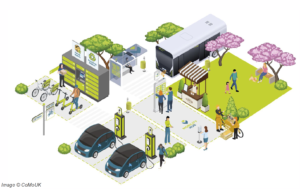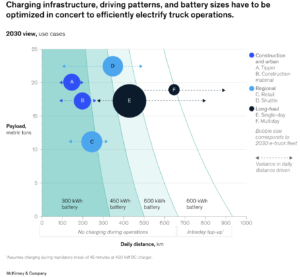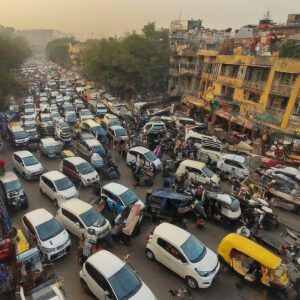The transition to zero emission transport faces substantial financial barriers

The shift to zero-emission mobility, driven by regulatory mandates in Europe and North America, presents opportunities and challenges. Europe, for example, aims for a 43% reduction in emissions from new vehicle sales by 2030 and 90% by 2040. However, financing the transition remains challenging due to the high upfront costs and the lack of large-scale …

